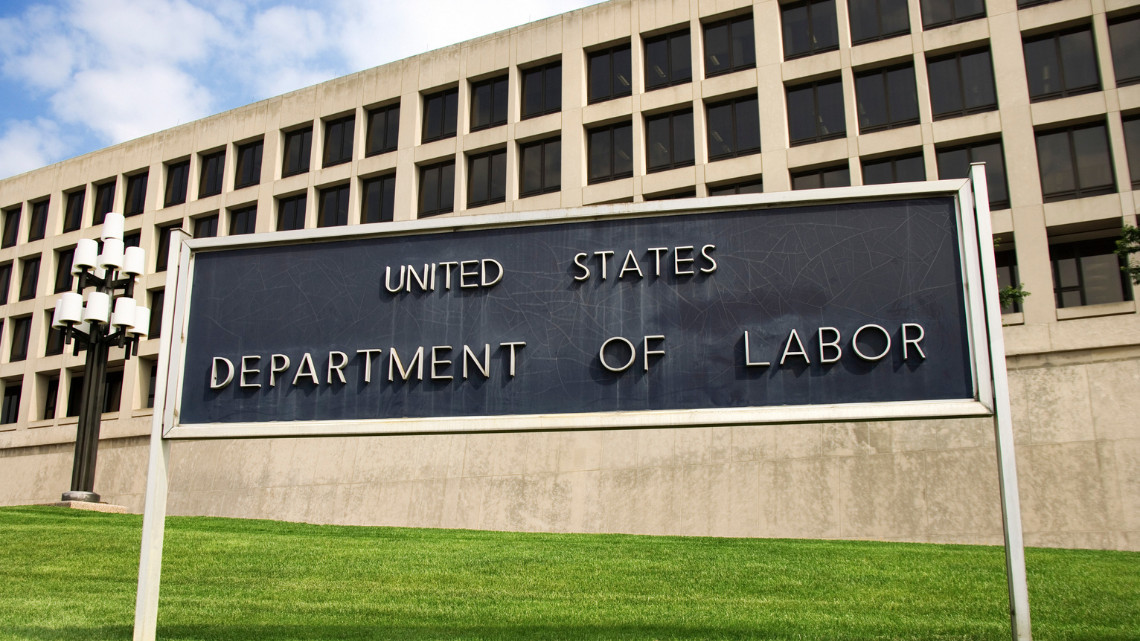
Last week, the U.S. Department of Labor Wage and Hour announced a final rule, Defining and Delimiting the Exemptions for Executive, Administrative, Professional, Outside Sales, and Computer Employees, which will take effect on July 1, 2024. The final rule increases the standard salary level and the total annual compensation requirement for highly compensated employees (HCE). It will have major implications for employers – especially those who have employees in other states such as California.
The current minimum salary level is $684 a week, which is $35,568 a year. Beginning July 1, the standard salary level will equal $844 per week or $43,888 per year. The salary level will then increase again on January 1, 2025, to $1,128 per week or $58,656 per year. The 2025 update, which the DOL said will impact 3 million workers, is pegged to the 35th percentile of weekly earnings of full-time salaried workers in the lowest-wage U.S. Census region, which is the southern U.S. The salary level will then increase on July 1, 2027, and every three years thereafter. This is the same approach that the Obama administration took when it proposed a similar increase.
Employees are exempt from the Fair Labor Standards Act’s minimum wage and overtime protections if they are employed in a bona fide executive, administrative, or professional capacity, as those terms are defined in the Department’s regulations at 29 CFR part 541. To fall within the EAP exemption, an employee generally must meet three tests:
- Be paid a salary, meaning that they are paid a predetermined and fixed amount that is not subject to reduction because of variations in the quality or quantity of work performed;
- Be paid at least a specified weekly salary level; and
- Primarily perform executive, administrative, or professional duties, as provided in the Department’s regulations.
The final rule does not change the duties tests.
The final rule also increases the total annual compensation requirement for Highly Compensated Employees (HCE). The DOL’s rule will increase the minimum salary threshold for these individuals to $132,964 on July 1, 2024, and to $151,164 on January 1, 2025, tied to the 85th percentile of salaried workers nationally. The current annual compensation threshold for Highly Compensated Employees is $107,432 per year.
When the rule was promulgated under the Obama administration in 2016, the salary level was increased from $455 per week to $913 per week or $47,476 annually. The rules also included an automatic update provision that would have increased the amount every three years as well. However, a lawsuit was filed in the U.S. District Court for the Eastern District of Texas, and an injunction to stop the implementation of the new rules was granted. With the change of administrations, the rule was withdrawn, and a new rule was promulgated increasing the salary level to the current $684 per week.
Currently there is a lawsuit on appeal before the U.S. 5th Circuit Court of Appeals concerning the authority within the FLSA for the U.S. Department of Labor has to impose a salary level test outside of minimum wage. If the court rules against the U.S. Department of Labor, then these regulations would be nullified.
Until then, employers will have to prepare for the new regulations. It is estimated that at least 4 million workers that will be impacted these initial changes and more afterwards as the salary threshold increases.
Assuming the rule stands, employers have much to strategize and to implement. This would include:
- Identifying those employees who may now or down the road be impacted by this change;
- Increasing those employees’ salaries to maintain their overtime exemption or
- Reclassifying them as nonexempt and
- Developing a communications plan
- Determining whether to monitor time or treat them as they were an exempt employee (freedom to come and go as if they were exempt, etc.) and
- Recognizing potential fallout from the change in exemption status.
Note that liability could arise if time isn’t monitored correctly. Further, if the salary budget is to be controlled, will the employer hire more workers or will overtime be negligible compared to costs of the new workers? And how can you find these new workers? Or will this push more work to bots? HR should work closely with the CFO to determine both direct and indirect costs of this new rule depending on what strategy is taken given the roles impacted in the organization.
The regulations will not impact employers in California yet as California has a higher salary level than the federal government. Exempt employees in California must earn at least $1,280 a week or $66,560 yearly in 2024.
Finally, there will be other impacts from EEO-1 pay reporting which is expected in the coming years, since it is being used for predictive testing as exempt and nonexempt may be in the same EEO categories leading potentially to false conclusions, to developing AAPs for federal contractors since the type of employee is important for job groupings and further analysis.
By Anthony Kaylin, courtesy of SBAM-approved partner, ASE. Source: DOL 4/23/24, Seyfarth Shaw 4/23/24
Click here for more News & Resources.